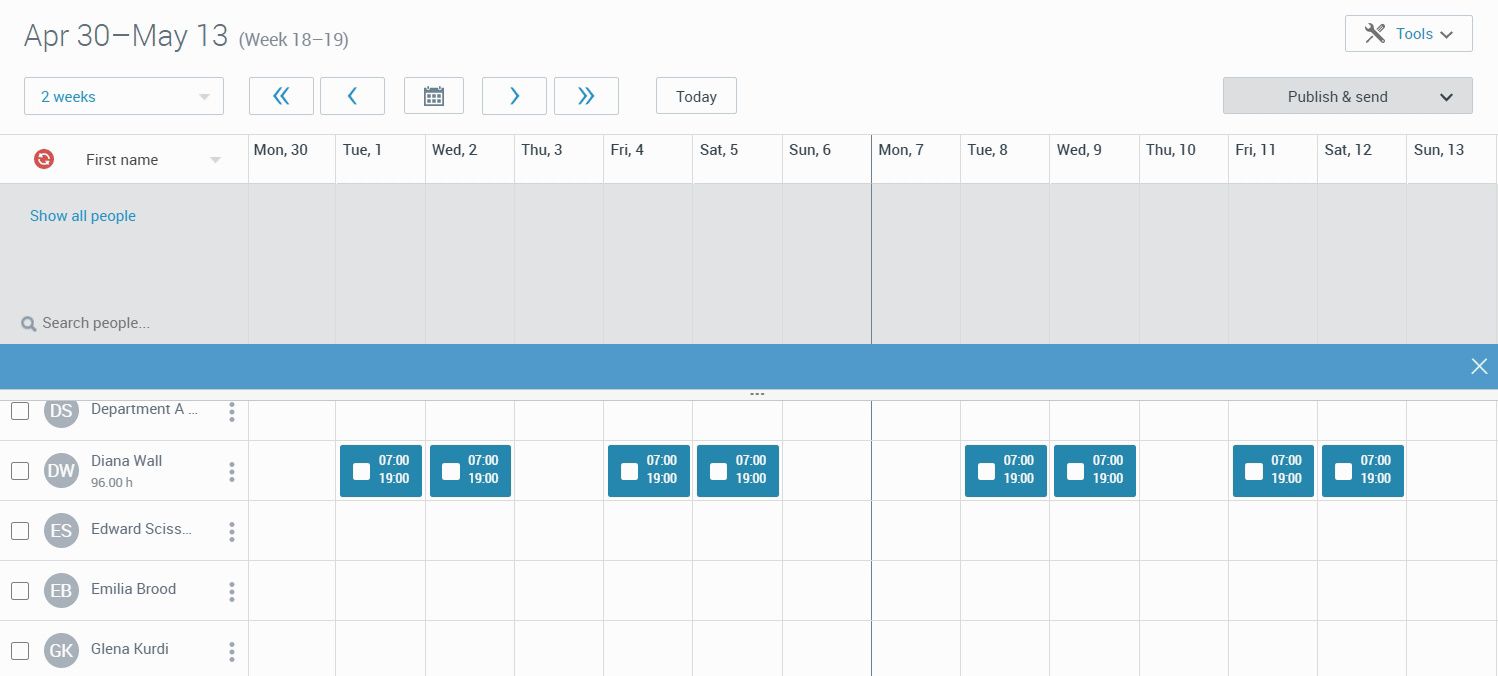Create Task Lists within Shifts
For some shifts, you need to ensure that specific duties are done. PARiM Professional, Premium, and Enterprise customers can now provide staff members a task list for their shifts. This new feature further simplifies the communication between management and staff, reducing unnecessary touchpoints.
A Task List for Each Shift
Different shifts come with different assignments. Task List allows schedulers to create custom tasks for each shift. After completing the tasks, employees can mark them done. Managers receive this information in real time with a timestamp for further transparency. If employees are unable to complete their tasks, managers have the option to require a comment to understand the reason behind the uncompleted task.
Manager Desktop View
Even Better Communication
Now, there is no need to send out separate reminders for shift assignments or manage back-and-forth communication. Creating a task and marking it complete takes just a few clicks, and this information is transferred instantly. This can significantly reduce the time spent on administrative tasks, ensure accountability and provide a smoother service for your client.
Employee App View
Easier for Your Staff
Having a set list of tasks will provide reassurance for employees. They know what is required of them and will have no need to seek out information. The task list will also serve your employees as their personal reminder about shift duties on their PARiM app.
Management App View
Smoother for Your Management
Multiple shifts require the same tasks? Just copy and paste the shifts with already created tasks. Need to address some problematic shifts? All previous tasks will be archived, and you can quickly filter them out from other timesheets. View task change history and timestamps to make informed decisions and ensure employee accountability.





